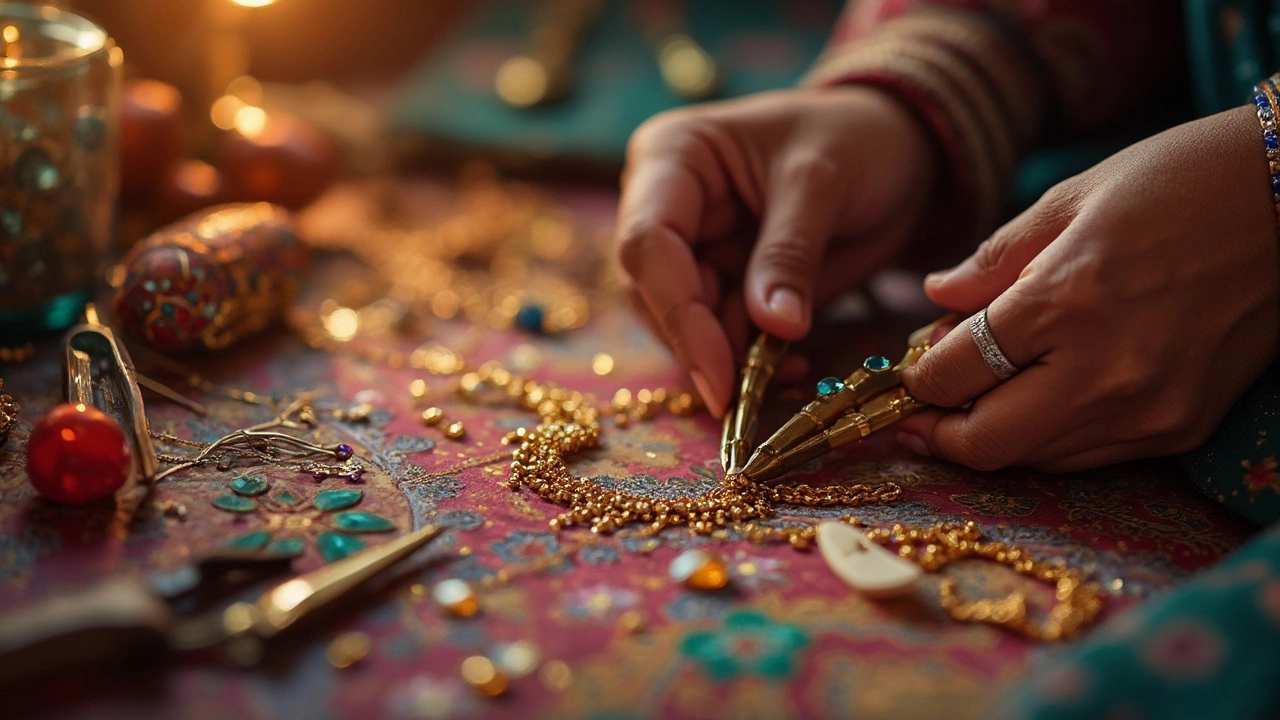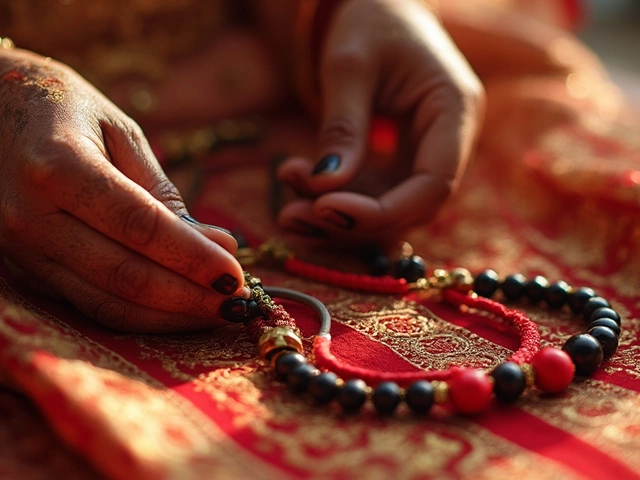DIY Jewelry Guides – Make, Test, and Style Your Own Pieces
Want to craft jewelry that looks professional without spending a fortune on workshops? You’re in the right spot. Below you’ll find the basics you need, from the first tool to the final polish, so you can start creating right away.
Essential Tools for Every DIY Jeweler
The right kit makes a huge difference. A jump ring opener is a must – it lets you open and close tiny rings without hurting your fingers. Pair it with a pair of flat‑nose pliers and round‑nose pliers; together they let you bend wire, shape loops, and finish clasps.
A good set of bead boards helps you plan designs before you start threading. If you work with metal, a small bench saw and a set of files will let you shape and smooth pieces quickly. Don’t forget a jeweler’s loupe – 10× magnification reveals stamping marks and tiny flaws you might miss otherwise.
All these tools fit in a compact case, so you can store them neatly and move them around your home studio. You don’t have to buy the most expensive brand; sturdy, mid‑range options work perfectly for beginners.
Quick Tests to Spot Real Gold, Silver & Gems
Before you start a project, know what you have. The magnet test is a fast way to rule out most fake gold and silver – real gold and silver won’t stick to a magnet. For a deeper check, look for BIS hallmarks like 22K, 875, or 833; these stamps guarantee purity in India.
If you’re dealing with gemstones, the scratch test helps. Use a piece of glass; most genuine gems won’t leave a mark, while glass or cheap imitations will. A simple weight comparison also works: genuine gold feels heavier than copper‑filled replicas of the same size.
When you’re unsure, a local jeweler can run a quick acid test for a few rupees. Knowing the authenticity of your base materials saves time and prevents costly mistakes later.
Now that you have tools and a way to verify materials, it’s time to start a simple project. Try making a classic nose stud: cut a short length of 22K gold wire, shape a tiny loop with round‑nose pliers, and attach a polished stone using a tiny jump ring. This project teaches wire handling, stone setting, and finishing techniques all in one go.
If you prefer something larger, a pair of black bangles can be customized with enamel paint or tiny beads. Clean the bangle, apply a thin coat of jewelry‑grade enamel, and add black beads using a tiny wire. The result is a trendy piece that reflects personal style and stays affordable.
Remember, DIY jewelry is as much about experimenting as it is about following steps. Mix and match ideas from our other guides – like how to choose the perfect mangalsutra or test cheap jewelry – and you’ll quickly develop your own signature look.
Ready to start? Grab a jump ring opener, check your metal’s hallmarks, and let your creativity run. With the right tools and simple tests, you’ll be making pieces you’re proud to wear or gift in no time.
Best Tools to Open and Close Jump Rings Easily
Opening and closing jump rings might seem fiddly, but with the right tools, it can become an effortless task. This article explores the best tools to use, from pliers to specialty openers, providing practical tips for both beginners and seasoned jewelry makers. Understanding which tools suit different projects can make your jewelry crafting smoother and more enjoyable. Learn how to handle jump rings like a pro and create stunning pieces with ease.





